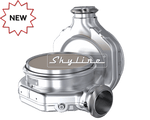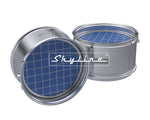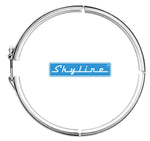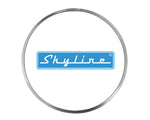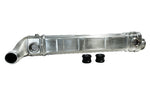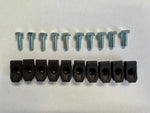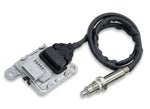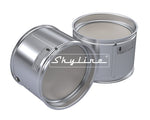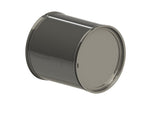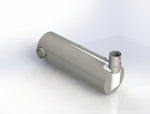Your cart is empty
Looks like you haven't added anything to your cart yet
330-573-5396
Need a quick answer? Give us a call — our team is ready to help you right away and get you the info you need without the wait.
order@dpfdiscounter.com
Have a question or need a quote? Send us an email — we’ll get back to you quickly with the info you need.
330-598-0302
Prefer to text? Shoot us a message — we respond just as fast as a phone call to keep things quick and convenient for you.
C0047-SA Replacement DPF for Navistar MaxxForce by Roadwarrior
This Roadwarrior part meets or exceeds OEM specs when replacing Navistar MaxxForce 2594165C91, 5010830R91
- New parts, never re-manufactured or re-conditioned
- NO CORE CHARGE
- Designed and tested to meet or exceed OEM standards
- Backed by Roadwarrior s hassle-free warranty
- All Roadwarrior DPFs & catalysts are proudly manufactured in Ontario, CA
- Roadwarrior, OE quality, clamps and gaskets are manufactured in the USA.
Roadwarrior is recognized throughout North America as an aftermarket leader specializing in aftertreatment emissions system components, including DPFs, Catalysts, EGR coolers, and sensors for trucks and buses. And the first and only manufacturer or OEM equivalent parts for heavy duty diesel construction equipment.
Roadwarrior guarantees precise fitment and performance of C0047-SA when replacing Navistar MaxxForce part #: 2594165C91, 5010830R91
- Shipping costs are calculated at the time of checkout by our shopping cart, based on the weight of your order and the method of shipment.
- Custom shipment available if arranged with customer.
- Please email order@dpfdiscounter.com if you have any questions.
FAQ
What is DPF Filter?
A DPF filter, or Diesel Particulate Filter, is a device integrated into the exhaust system of diesel engines to reduce harmful emissions. Its primary function is to trap and remove soot (particulate matter) from the exhaust gas before it is released into the atmosphere.
How It Works:
- Trapping Particulate Matter: The DPF has a porous structure that allows exhaust gases to pass through while capturing solid soot particles.
- Regeneration Process: Over time, the filter fills with soot and needs to be cleaned through a process called regeneration:
Benefits:
- Reduces harmful emissions, particularly soot and particulate matter.
- Helps vehicles meet stringent environmental regulations, such as EPA or Euro emissions standards.
Maintenance:
- Regular regeneration is crucial to prevent clogging.
- Excessive soot buildup can lead to costly repairs or DPF replacement.
- Proper engine maintenance and the use of high-quality diesel and DEF (Diesel Exhaust Fluid) help extend the DPF's lifespan.
Common Issues:
- Frequent clogging due to short trips or low exhaust temperatures.
- Faulty sensors, leading to failed regeneration cycles.
- Increased fuel consumption during active regeneration.
DPF filters are essential for modern diesel engines to comply with environmental regulations and contribute to cleaner air.
How to remove DPF filter for replacement?
Removing a Diesel Particulate Filter (DPF) for cleaning involves several steps. This can vary slightly depending on the vehicle make and model, but here’s a general guide to the process. Be sure to check your vehicle’s service manual for specific instructions, as some models may require special tools or procedures.
1. Gather Tools and Equipment
- Socket wrench set
- Ratchet and extension
- Penetrating oil or lubricant spray
- Safety glasses and gloves
- Floor jack and jack stands (if necessary)
- DPF removal tool (if required for your vehicle model)
- New gaskets or seals, if needed for reinstallation
2. Prepare the Vehicle
- Park on a Level Surface: Ensure the vehicle is parked on a flat surface with the parking brake on.
- Allow the Engine to Cool: Since the DPF gets very hot during operation, let the vehicle cool completely to avoid burns.
3. Access the DPF
- Raise the Vehicle (if needed): If the DPF is located under the vehicle, use a floor jack and jack stands to lift the car and access the exhaust system.
- Locate the DPF: The DPF is generally located in the exhaust system between the engine and the muffler.
4. Remove Bolts and Clamps
- Apply Penetrating Oil: Spray penetrating oil on the bolts and clamps around the DPF to loosen any rust or corrosion, which will make removal easier.
- Disconnect Sensors: DPFs often have temperature and pressure sensors attached. Carefully disconnect these to avoid damaging them.
- Remove Mounting Bolts and Clamps: Use the socket wrench to remove any bolts or clamps securing the DPF in place. Keep track of these parts for reinstallation.
5. Remove the DPF
- Carefully Lower the DPF: Some DPFs are heavy and may require a second person or a support stand. Carefully remove it from the exhaust assembly, ensuring you don’t damage nearby components or wiring.
6. Install the new DPF
- Replace Gaskets or Seals: If your vehicle has gaskets around the DPF, replace them before reinstalling.
- Reconnect and Secure: Reattach the DPF using the mounting bolts and clamps, reconnect any sensors, and ensure everything is tightened securely.
- Lower the Vehicle: If you raised the vehicle, lower it carefully.
8. Reset System Codes (if necessary)
- Use a Diagnostic Tool: Some vehicles may require a DPF reset using an OBD-II diagnostic tool, especially if the DPF warning light was triggered.
After reinstalling, start the vehicle and check for any error codes. If you’re unsure about any step, a professional mechanic can perform the DPF removal and cleaning.
We have made detailed step by step guide for Freightliner Cascadia and Cummins X15 DPF removal and installation on our How-To Video page.
➡️How to remove Freightliner One Box And DPFs - A Step-by-step Guide
➡️How to Install Freightliner One Box and DPF filter - A Step-By-Step Guide
➡️How to Remove Cummins X15 DPF and DOC (Kenworth, Peterbilt, Freightliner, Volvo) - Step by Step
➡️How to Install Diesel Particulate Filter (DPF) and Diesel Oxidation Catalyst (DOC) for Cummins X15
➡️How to replace DPF filter from Cummins ISX 15 - Step by Step Removal Tutorial
➡️How to replace DPF filter from Cummins ISX 15 - Step by Step Installation Tutorial
How to Clean a DPF Filter at Home?
Cleaning DPF filter at home isn't recommended. However, some people attempt to use pressurized warm/hot water to clean the inlet side of the DPF filter. Even though the soot on the inlet side of the DPF surface can be cleaned up, the ash and soot trapped inside the DPF filter vessels will not be broken down. We did a air restriction test after the cleaning with this "home cleaning" method, and the air restriction barely changed. In conclusion, save the headache, and seek a professional DPF filter cleaning facility near you to get the DPF filter tested and cleaned professionally.
Here is a video to show you
Why Pressure Washing Your DPF is a Costly Mistake: A Technician's Insight
How Often Should You Clean Your DPF Filter?
The frequency of DPF cleaning depends on your driving habits. Long highway drives reduce the need for frequent cleanings, but city driving with frequent stops and starts can lead to quicker clogging. On average, it's recommended to do a parked regeneration every 1-2 weeks, and do a DPF filter cleaning every 100,000 to 150,000 miles.
It is always recommended to clean your DOC along with your DPF filter when you get a professional DPF filter cleaning service.
How to know if my DPF needs cleaning?
There are several signs to watch for that indicate your Diesel Particulate Filter (DPF) may need cleaning:
1. Dashboard Warning Light
- Most vehicles have a DPF warning light on the dashboard. When this light comes on, it typically means that the filter is becoming clogged and requires regeneration or cleaning.
2. Reduced Engine Performance
- A clogged DPF can restrict exhaust flow, which affects engine performance. You may notice a lack of power, slower acceleration, or increased fuel consumption.
3. Poor Fuel Efficiency
- When the DPF is full of soot or ash, the engine works harder, resulting in higher fuel consumption.
4. Frequent Regeneration Cycles
- If you notice your vehicle is frequently going into regeneration mode (where it tries to burn off soot automatically), it could mean the DPF is becoming clogged faster than it can clean itself.
5. Excessive Exhaust Smoke
- In some cases, a full DPF may result in dark exhaust smoke, as the exhaust flow becomes restricted, and unburned fuel is released from the exhaust system.
6. Increased Exhaust Temperatures
- Clogged DPFs can cause excessive exhaust temperatures, as the engine tries to burn off the accumulated soot. This might lead to further damage if not addressed.
7. Unusual Smells
- You may notice a strong, acrid smell from the exhaust, especially during regeneration attempts. This odor is often caused by the filter trying to burn off excess soot unsuccessfully.
If you notice any of these signs, it’s a good idea to have your DPF checked and cleaned as soon as possible to avoid more serious (and costly) issues.
How is DPF cleaned?
At Diesel Emissions Specialists, we are equipped with industry-proven thermal DPF cleaning equipment. Here are the DPF cleaning process:
PRO-CLEAN
Inspect & Benchmark
- Visual inspection – check for damage & evidence of upstream issues.
- Wire/Pin test for plugged cells.
- Measure the airflow of the filter.
- Measure the filter weight.
- Check for cracks in the brick using the built-in light.
Document & Record
Record the pre-clean inspect & benchmark results into DPF Cleaning Record software.
Blow (De-Ash)
Remove as much loose material as possible from the filter before baking.
CLEAN
Bake
- Load the filters into the oven.
- Set the filter cycle based on the filters being cleaned.
- Using the redesigned new touchscreen user interface.
- The baking cycle usually runs overnight.
Cool
- Carefully remove the hot filters from the oven.
- Place the filters on the Cool-Down Cart.
- Accelerated the cooling process safely.
Blow
- Uses high-velocity, heated air.
- Most filters dry in 20 minutes.
- An adapter kit is available for many odd and irregularly shaped filters.
- Exclusive to the Aqueous package.
POST-CLEAN
Inspect & Benchmark
- Wire/Pin test for plugged cells if needed.
- Measure & compare the airflow of the cleaned filter to determine effectiveness.
- Measure & compare the cleaned filter weight to see how much soot was removed.
Document & Record
Record post-clean inspect & benchmark results into DPF Cleaning Record software.
How long does DPF cleaning take?
The Thermal cleaning process usually is about a day. The baking cycle is often completed overnight and then it takes a few hours for the filters to cool down.
How much does DPF cleaning cost?
At Diesel Emissions Specialists, we charge $350 per DPF filter cleaning, $500 per DPF & DOC combo cleaning, $350 per SCR cleaning, $1,200 per Freightliner One Box cleaning (including the 2 DPF filters).
For fleet customers, please contact us for volume pricing.
For customers that needs our shop labor for DPF filter removal and installation, please contact us to get an estimate.
Recommended for You
Why choose DPF Discounter
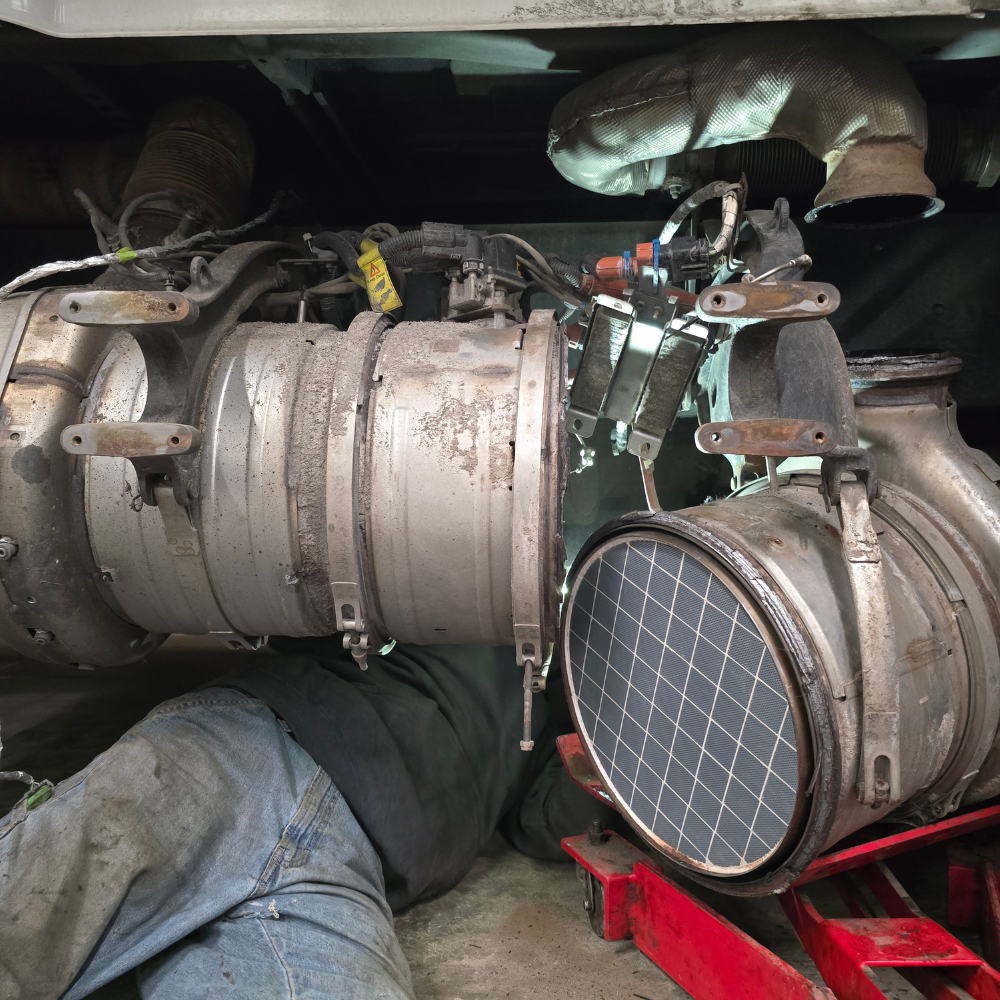
Best Emissions Shop
At DPF Discounter, we’re more than just another emissions parts supplier — we’re your go-to source for expert support and top-quality DPF, DOC, SCR, and One Box components. Backed by real-world experience as one of the leading emission shops in the country, we don’t just sell parts — we help you solve problems and keep your truck running clean and efficient. Trust DPF Discounter for unbeatable service, quality, and peace of mind.
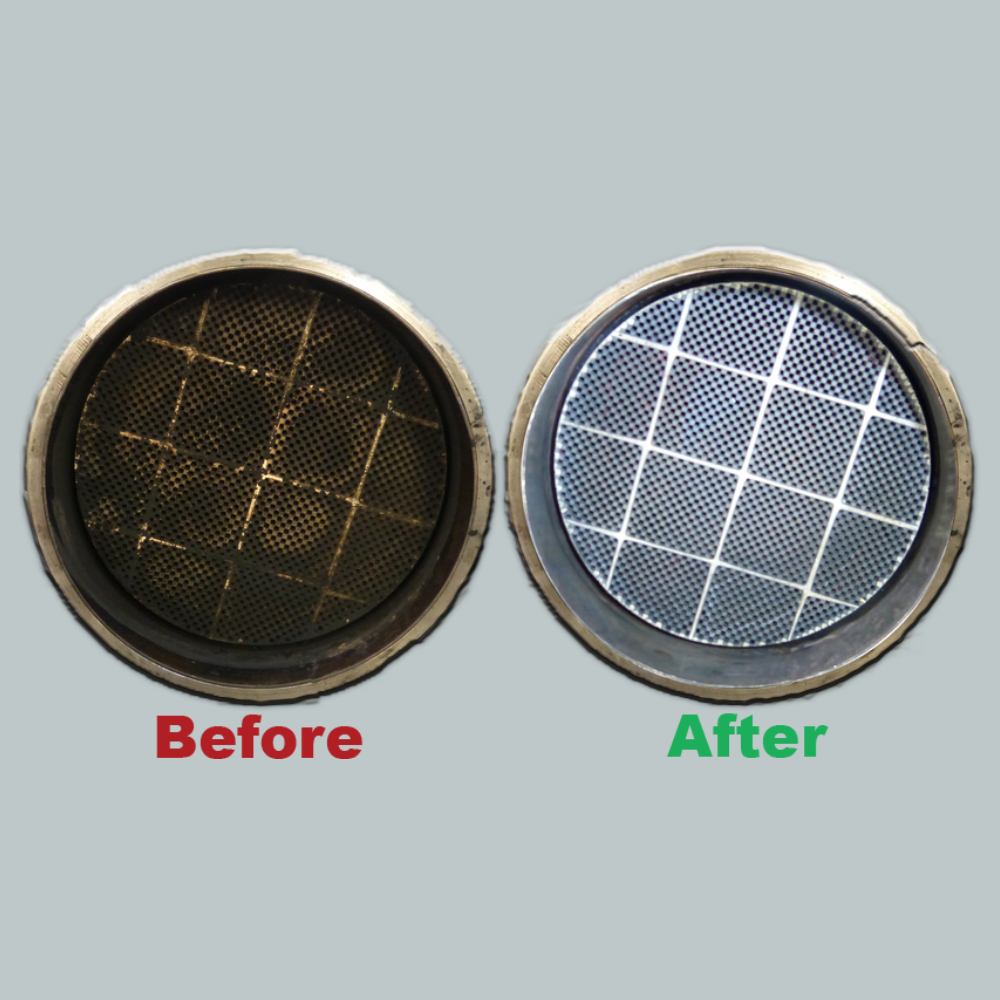
DPF Cleaning Expert
DPF Discounter is your ultimate source for aftertreatment emission parts and solutions. With state-of-the-art equipment for testing and cleaning DPF, DOC, and SCR systems — plus years of hands-on experience — we deliver more than just parts. We offer expert guidance, personalized solutions, and trusted support to keep your emissions system running at peak performance, every mile of the way.
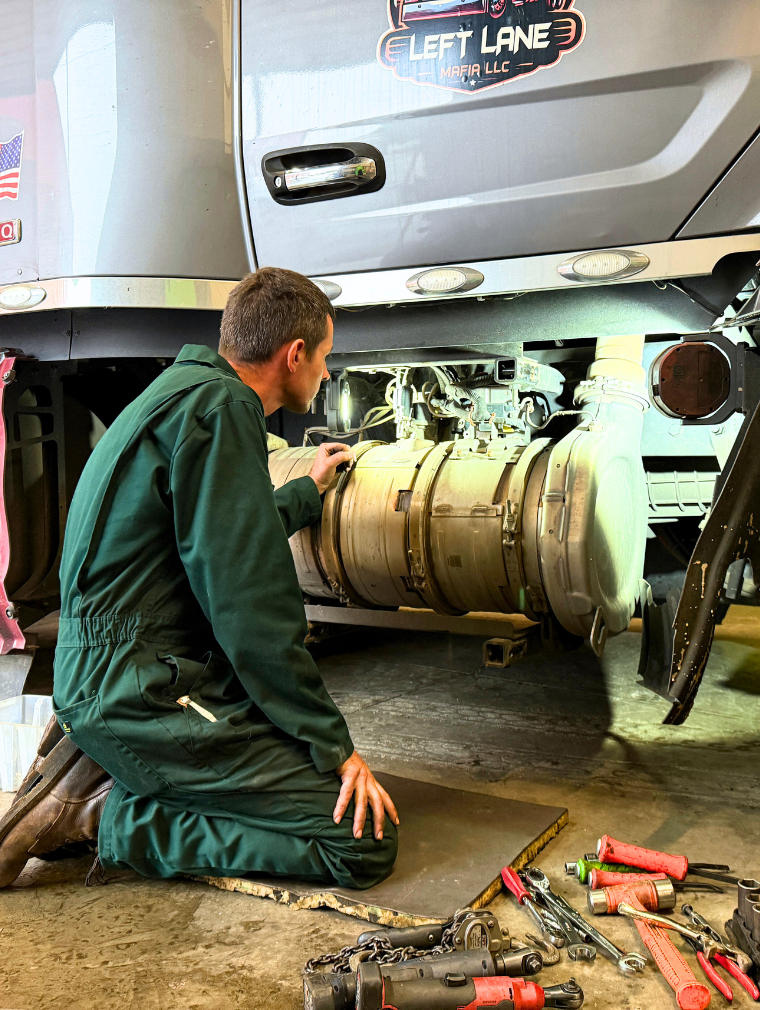
First Hand Experience
At DPF Discounter, we know reliability is everything when it comes to aftertreatment emission parts. That’s why we only offer components we’ve personally used and trusted in our own shop. We don’t just sell parts — we stand behind them with real-world experience. When you buy from us, you’re getting more than a part — you’re getting confidence, tested quality, and the assurance that comes from firsthand knowledge.
Our Commitment to Excellence
We are committed to excellence in every aspect of our work. Our passion for resolving the emissions headaches for drivers drives us to deliver outstanding results. We take pride in our team's expertise and the unparalleled service we provide. Your satisfaction is our ultimate goal.
- Choosing a selection results in a full page refresh.

